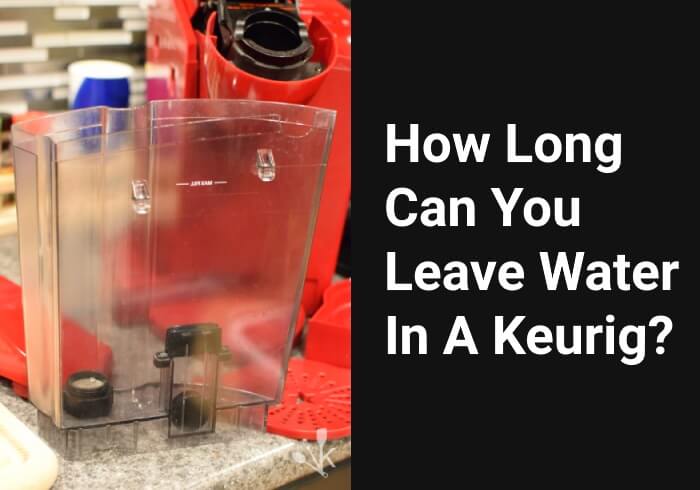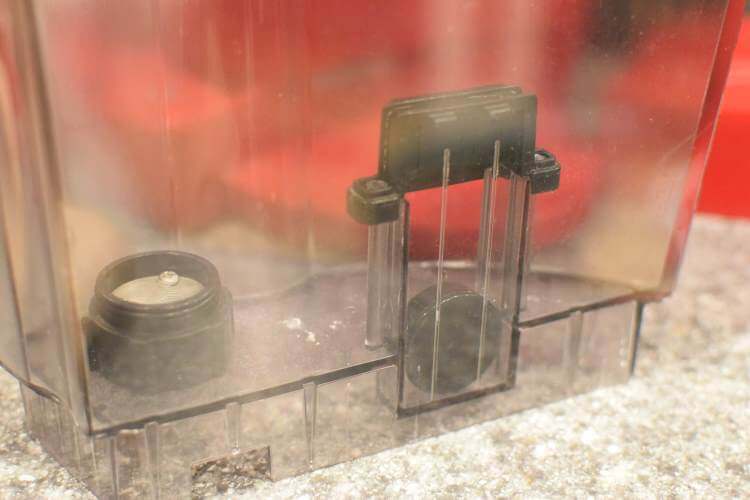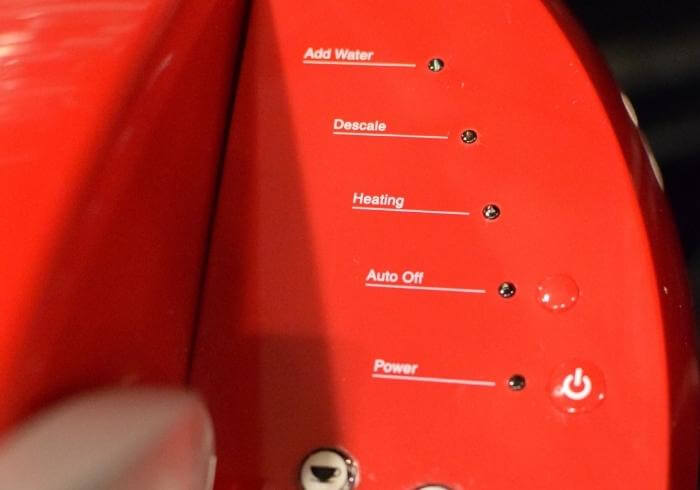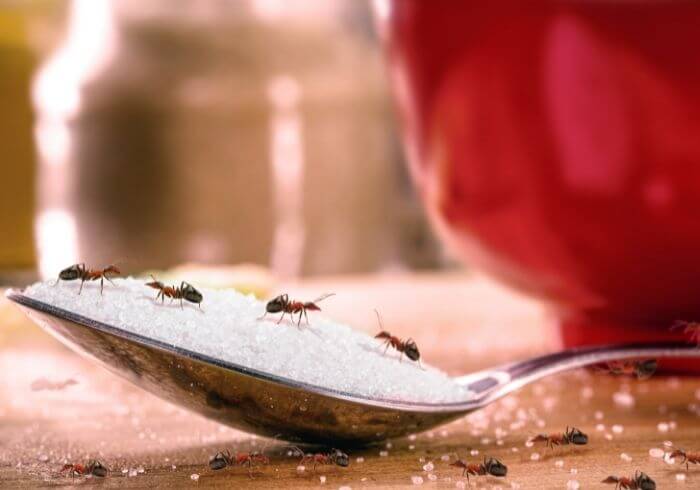If you’ve grown to enjoy the ease and need the speed, you may want to keep the process as fast as possible by using what remains of yesterday’s water to brew today’s coffee.
How long can you leave water in your Keurig?

Standing water left in your Keurig for 24 to 48 hours probably won’t cause any problems. You can run a brew cycle without a Keurig coffee pod to boil the standing water and kill any contaminants. After two days, it’s better to empty out the old water and clean the machine.
Any water that sits still for longer than a few days can contain contaminants like mold, bacteria, and algae. Your Keurig is no exception.
Let’s talk about how long you can safely leave water in your Keurig reservoir and what to do if you’ve left it for too long.
How Long Can You Leave Water In Your Keurig?
If you only leave water in your reservoir overnight, you’re probably fine. When you make your morning coffee, the water tank will heat up and purify out any early contaminants that may have popped up while you slept.
We don’t recommend leaving water standing in your Keurig for more than two full days.
Keurigs aside, when you leave water to stand anywhere for days on end, all sorts of things other than coffee can start to brew in the liquid. We’ll talk more about these Unidentified Floating Objects below.
Most Keurigs come with a water reservoir around the 40-to-80-ounce range. That’s enough to make about five to 10 cups of coffee, depending on your preferred serving size.
If you had to dump out the reservoir and use fresh water every time, it would take away from the Keurig 60-seconds-or-less coffee philosophy.
Related | How To Use A Keurig Coffee Maker
In the Keurig spirit of convenience, it makes sense to top up your water reservoir every time you refill it to avoid extra work. If you drink two or three coffees per day, a full reservoir should be enough to last you at least a couple of days without messing around with re-pouring and reheating.
Should You Leave Water In Your Keurig?
Leaving water in your Keurig for short periods can save you time and work. If your morning routine resembles “Dawn of the Dead” in that every time it dawns, you feel like a zombie, a prefilled reservoir can take some of the bite out of your pre-coffee struggles.
Many Keurig machines don’t make it easy to drain the internal water tank. Leaving the liquid inside until you’re ready for your next cup can prevent a lot of hassle.
To drain the internal tank, you generally either have to take your Keurig apart with a screwdriver and then put it back together again or pretend to brew a coffee with no pod and wait for the water to drip out. You can avoid this by using every last drop in the tank to make coffee, even if it takes a couple of days.
Related | How To Empty Keurig 2.0 Internal Tank
Don’t worry, your Keurig was designed for this steady, regular usage pattern. As long as you finish and refill the reservoir every few days, you’ll get all the above pros and none of the below cons.
Limescale Build-up
If something interrupts your regular coffee schedule and you end up leaving water in your Keurig for more than a day or two, limescale can start to show up. Technically known as calcium carbonate, limescale looks like a chalky, crusty residue around the waterline.
Limescale is what’s left behind when raw water evaporates. It’s usually a whitish color, but it can also be yellowish, pinkish, or even reddish-brown, depending on the minerals in your water supply.

It isn’t poisonous, and in the tiny quantities that are usually found in coffee machines, it’s probably harmless to you. However, long-term consumption may cause kidney stones, and long-term build-up on a coffee maker can ruin the machine.
Limescale may also slightly change the taste of your coffee. This may be imperceptible to others, but if you’re a coffee connoisseur, it can really grind your gears.
Related | Keurig Coffee Maker Problems
Keurig Machine Bacteria Breeding Grounds?
The dark, wet insides of your coffee machine can also be an ideal nursery for bacteria and mold. If you leave water to sit in it for too long, your coffee grounds can turn into breeding grounds.
Researchers from the University of Valencia looked into bacterial contamination in coffee machines and found 30 to 70 different kinds of bacterial colonies. These included E. coli, Enterobacter, Staphylococcus, and Streptococcus.
Another study by the Armstrong Forensic Laboratory in Texas discovered that single-serving coffee machines have around double the number of bacteria and mold as machines that make a whole pot at a time.
This study found that most of these colonies arise from cross-contamination rather than from the water or the coffee itself. This is another good reason why you should never put milk in a Keurig.
That means that washing your hands before you touch your Keurig may be able to reduce the risk of contamination.
What To Do If Water Is Left Too Long
If it’s only been sitting for one or two days, the water in your Keurig is probably still mostly safe.
If you want to be as safe as possible, you can take care of any tiny creepy crawlies that may have started to grow by running a couple of brew cycles with no coffee. This will boil the standing water and should kill anything that might have made it unsafe.
If the water’s been standing any longer than two days, we recommend draining it. It would be best if you cleaned out the reservoir before replacing the water.
If you see any residue around the waterline, we recommend descaling your machine to get rid of the limescale. If your Keurig doesn’t have an automatic descaling function, you can soak the reservoir in a vinegar solution.
Related | How To Clean A Keurig With Vinegar











